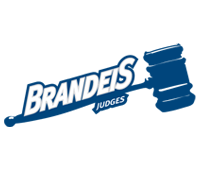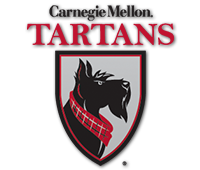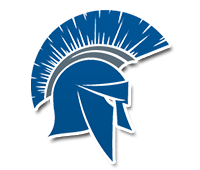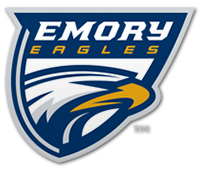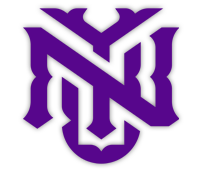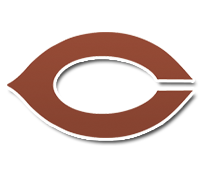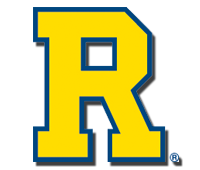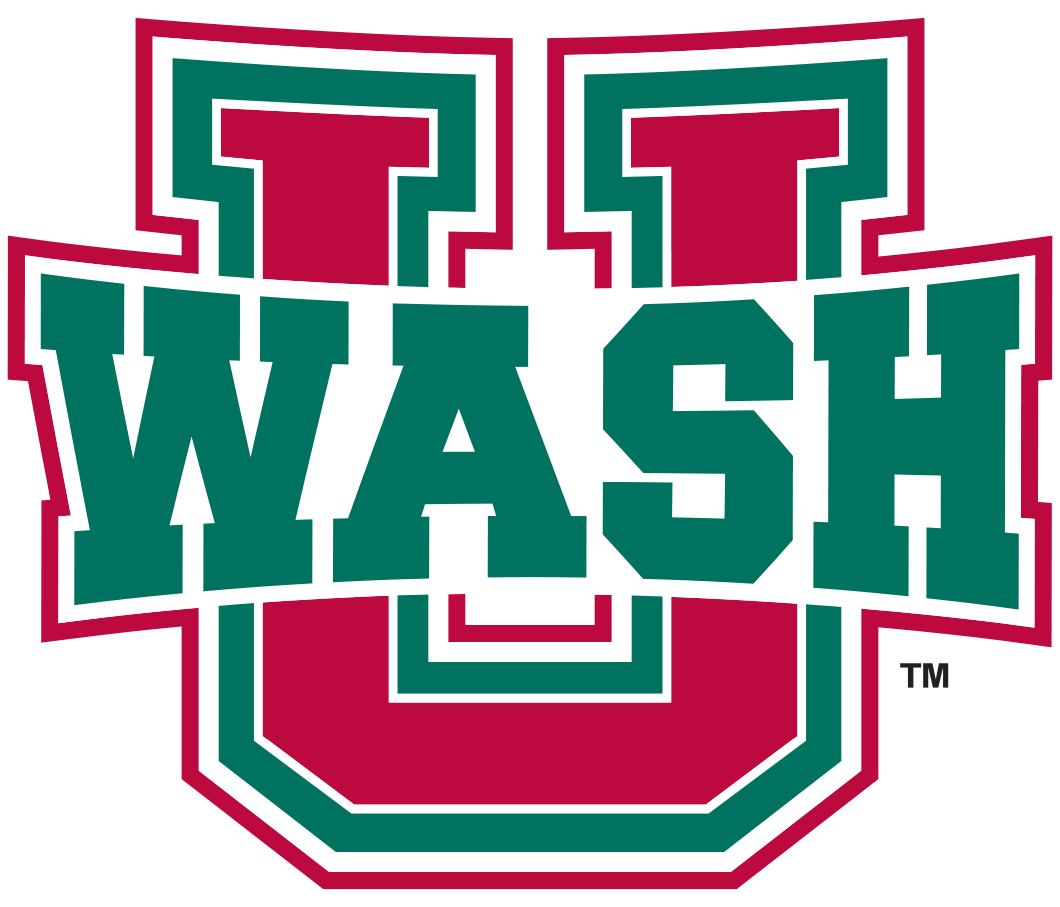The chief executive officers of the UAA member institutions comprise the Presidents Council of the University Athletic Association. This Council approves all recommended changes to the Constitution and Bylaws; reviews and approves applications for membership and all exemptions from membership requirements; and must approve all actions of the other committees of the UAA. In addition, the Council may refer matters for consideration or propose legislation for enactment by the Delegates Committee.
The Delegates Committee consists of up to four representatives from each member institution appointed by the chief executive officers of their respective institutions. The UAA Constitution states that at least half of the Delegates from each institution shall clearly represent the academic leadership of their respective institutions (i.e. faculty and academic administrators). The Delegates Committee is the principle legislative body of the UAA. The committee provides advice to the Presidents Council on policy recommendations and is responsible for implementing policies and directions adopted by the Presidents Council. It also reviews proposed changes to the Constitution and Bylaws, applications for membership, and exemptions from membership requirements and makes recommendations to the Presidents Council regarding such. Through its Executive Committee, the Delegates provide administrative oversight regarding the day-to-day operation of the Association.
The Executive Committee makes appointments to other committees of the Association, in particular, the Sport Committees. It also receives recommendations from all committees, reviews such recommendations, and presents them to the Delegates for action. The committee may also propose legislation to be considered and enacted by the Delegates. Between meetings of the Delegates Committee, the Executive Committee conducts the business of the Association subject to review of the membership of the Delegates Committee at subsequent meetings. Membership of the Executive Committee includes the Chair and Vice Chair of the Delegates Committee whose offices rotate among the member institutions, a Secretary-Treasurer elected from among the Delegates, an at-large member who must be a woman faculty representative or woman administrator, and the Chair of the Athletic Administrators Committee. The Executive Secretary represents the Executive Committee in most of the day-to-day operations of the Association, and reports to the Chair of the committee.
The Athletic Administrators Committee consists of up to three athletic administrators appointed by each institution. These administrators must represent both the men's and women's athletics programs of their respective institutions. The chair of the committee rotates among the member institutions. The committee coordinates the scheduling and operation of athletic competition among UAA members; prepares and submits to the NCAA for action those legislative items recommended by the Delegates Committee and approved by the Presidents Council; and makes recommendations to the Delegates regarding proposed NCAA legislation which may be of interest to the UAA.
The Administrators also review proposals of the Sport Committees regarding policy matters concerning conduct of contests or championships. In these cases all matters which affect either the student-athlete or individual institutions are forwarded for consideration to the Delegates through the Executive Committee.
The membership of the Sport Committees are appointed by the Executive Committee upon recommendation from the participating member institutions and include coaches and athletic administrators. They are responsible for the conduct of Association festivals, round-robin play, play-offs, tournaments, and championships under policies approved by the Association. The committees maintain handbooks for the conduct of competition and recommend playing conditions governing competition to the Delegates through the Athletic Administrators and Executive Committees. Sport Committees meet annually. In those sports which conduct a festival or championship event, the Sport Committee meetings take place during the festival or championship event. Sport Committees for sports which conduct regular season round-robin competition meet in conjunction with national meetings of their respective coaching associations or on one of the campuses of the participating members. Sport Committees may also meet by conference call when necessary or more convenient.
The Athletic Trainers Committee comprises the head athletic trainers of the member institutions. The committee meets annually at the athletic trainers' national convention. The Athletic Trainers Committee makes recommendations to the Athletic Administrators regarding athletic training and medical safeguard issues related to athletic competition within the Association.
The Student-Athlete Advisory Committee comprises two student-athletes, one male and one female, appointed by their respective member institutions. This committee makes recommendations to the Delegates Committee regarding student-athlete welfare issues as they relate to competition within the Association. This group also reviews proposed NCAA legislation and makes recommendations regarding those proposals.
The Athletic Administrators Committee meets formally twice each year. They meet in conjunction with the national conventions of the NCAA and the National Association of College Directors of Athletics. The Athletic Administrators also meet on an as-needed basis in conjunction with the meetings of the Delegates Committee.
The Delegates Committee meets at least once annually with the Annual Meeting taking place in the fall. The Delegates have also met in the spring as necessary. Meeting sites generally rotate among the member campuses, but may also include off-campus sites. The Executive Committee convenes at least twice annually, including meetings one day prior to each Delegates Committee meeting. The Presidents Council meets twice annually. At present, the Council meets in conjunction with the fall and spring meetings of the American Association of Universities to which all UAA members belong.


